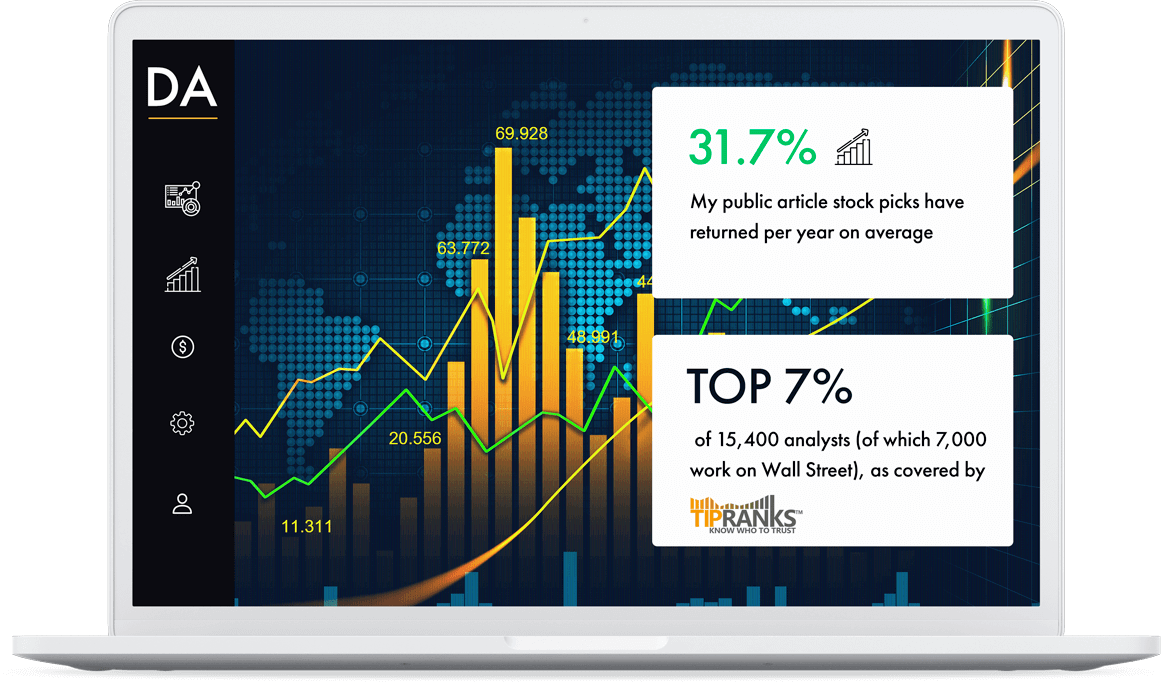To see what I’m investing in, check out the Premium Membership
Creating a written plan for your investment journey will greatly help you to achieve your long-term goals. It will help you be more disciplined in your investing decisions and make sure that you invest in a way that suits your personal needs. Follow these 9 steps to create your very own personal investment plan.
1. Determine your general investment goal.
What do you want to achieve with investing? This can be income, growing your capital, preserving wealth etc
2. Which asset classes will you invest in to achieve your goal?
For example : Dividend Stocks, REITs, Precious Metals, Cryptocurrencies, ETFs, Index Funds etc
3. How long is your investing time horizon?
Determine, when do you want to start enjoying the fruits of your investments. Either by spending the dividends received or selling your portfolio to fund your retirement. For most people this is the date of their expected retirement.
4. Which markets will you invest in?
Do you want your investments to be diversified globally or would you prefer to focus on your domestic market? Most large corporations get their revenue from many different countries, so you might get exposure to different regions from domestically listed companies too.
5. How many individual holdings will your portfolio have?
This comes down to your risk tolerance and how diversified you want to be. Personally, I aim for around 30-40 holdings. It is generally a good idea to be diversified, to mitigate single company risk. If you want to be extremely diversified, with 100s of holdings, it might be good to consider ETFs and index funds. Having a set limit of holdings forces you to focus on the highest quality investments. For more sophisticated investors, also consider the correlation between your investments.
6. If investing in stocks, determine the criteria for potential investments.
>Track record (revenue growth, earnings growth, dividend growth etc)
>Profitability (net margins, ROE, ROIC etc)
>Balance sheet (debt to equity, interest coverage etc)
To see the criteria I use for my investments, get the 13 ratios I use for Dividend Stock Analysis by clicking here.
7. Determine the criteria for selling your investments.
When do you sell an investment in your portfolio? ( overvaluation, target price reached, dividend cut, industry headwinds, criteria no longer met etc)
8. Determine the weightings for asset classes / countries / individual holdings.
Can be weighted by income (dividends received), cost basis or current value. When just starting your portfolio, it’s not something too worry about too much. Closer to retirement its prudent to make sure of proper diversification between asset classes and individual holdings.
9. Set a time period at the end of which you evaluate and/or rebalance your portfolio.
Fixed date when you check your portfolio to see if your investments still fit the criteria set. If you want to keep specific weightings, this is the time when you re-balance.
10. (Optional) Set a fixed % of your portfolio for „gambling”.
This prevents you from jumping on the latest trend or “hot stock tip”, but keeps some excitement in investing. This has to be an amount you can tolerate losing 100% of.
Personal Investment Plan Example

- General Investment Goal – $24,000 in passive income
- Asset Classes – Dividend stocks and REITs.
- Time Horizon – Expected retirement date of January 2040.
- Markets to Invest In – US, Canada and Europe.
- Amount of holdings – 40 individual investments.
- Criteria for buying investments – Dividend Athlete’s 13 ratios.
- Criteria for selling investments – Dividend cut, 3 consecutive years of earnings decline, debt/EBITDA over >5x for 3 consecutive quarters.
- Asset class/country/holding weighting – Equal weighted between positions (per cost basis). 75% dividend stocks – 25% REITs. No cap on country weightings.
- Evaluation of holdings and re-balancing time frame – Holdings analysed annually in Q4 of each year, re-balancing starting in 2035 in Q4 of each year until retirement in 2040. Holdings will be re-balanced based on dividend income, with no individual holding making up more than 7.5% of total income.
- (optional) Fixed % of portfolio for “gambling” – 5% of total invested capital in a separate account. To be allocated without set criteria.
Summary
Developing a clear, written investment plan is the first step on the investing journey. It helps to create a detailed guide that will push you towards your financial goals. On the journey there, it’s something that will keep you disciplined, especially during times of market volatility. When most investors panic – you turn to your plan and make decisions that are best for your financial future.
I wish You successful investing!
Disclaimer: This is NOT a recommendation to buy or sell any shares or to follow a particular investing strategy. You can lose a part of or all your invested capital.I am not responsible for the accuracy of any of the figures presented in the article. I am not a financial professional of any kind. Any information published here should NOT be considered to be investing recommendations or basis for financial planning. Before making any investing or financial decisions, contact an appropriate professional.This website should be viewed for entertainment purposes only. To see what I’m investing in, check out the Premium Membership






